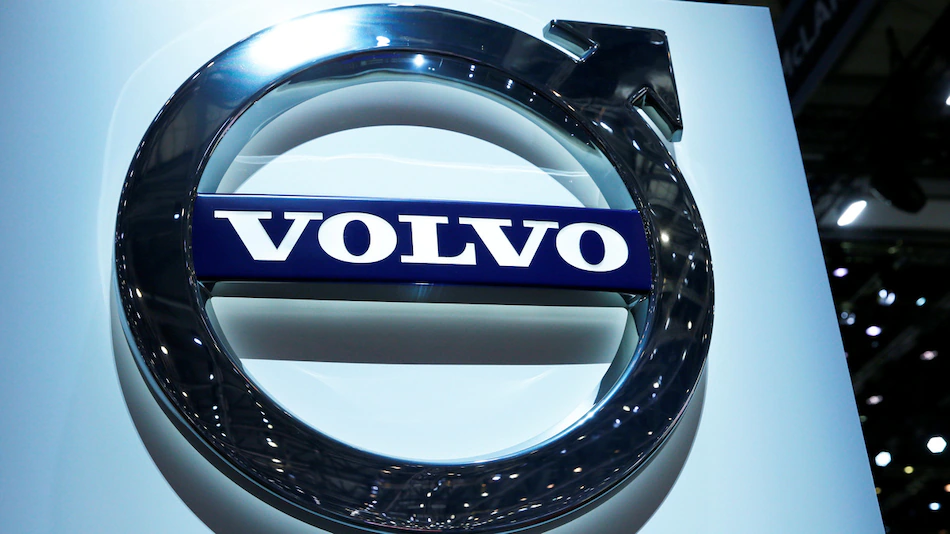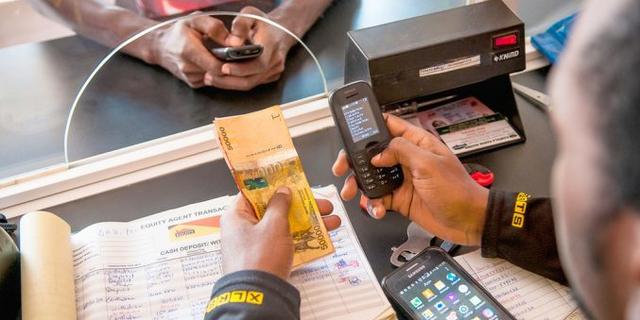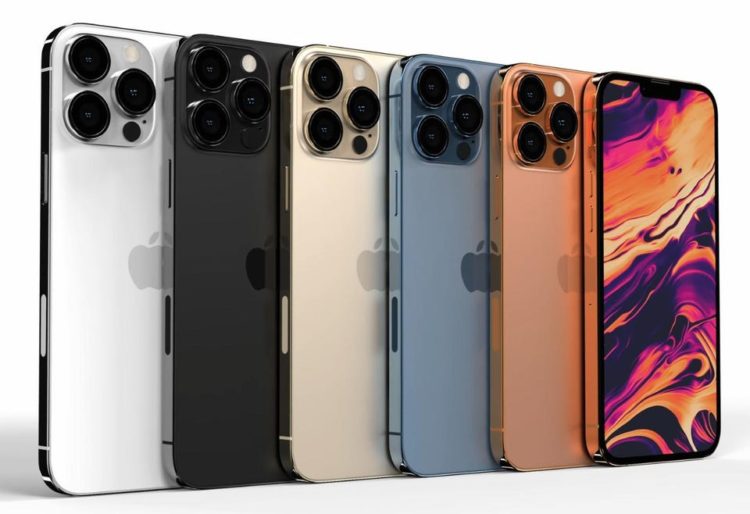Volvo Plans to Launch Self-Driving Feature in California Using Luminar Sensor

Volvo Cars and self-driving sensor maker Luminar Technologies announced on Wednesday that a hands-free driving system called “Ride Pilot” will be available for the first time in California, though no specific date was given.
Volvo intends to use the technology, which will allow the car to fully take over driving tasks in certain limited situations, in an upcoming all-electric SUV that the company plans to unveil later this year.
Volvo intends to offer the self-driving feature to customers as a subscription upgrade after the vehicles have already been on the road. Volvo’s vice president of strategy and business ownership, Alexander Petrofski, stated during a press conference at the Consumer Electronics Show that the cars will be available in 2023, but Volvo has not specified when Ride Pilot will be available.
Instead, Volvo has stated that customers will not be able to use Ride Pilot until it has undergone a “rigorous verification and testing protocol.”
Depending on regulatory approvals, the companies plan to begin testing Ride Pilot on pre-production vehicles later this year in California. However, when production vehicles hit the road next year, they will be equipped with simpler driver-safety technologies that will aid in the collection of data to validate the Ride Pilot technology before it is released.
“I’m thinking we’ll steer some of our sales to California in order to get the vehicle density,” Petrofski said, to help collect data.
Volvo has refused to say how much the subscription to Ride Pilot will cost.
“We believe that in the future, software sales will account for a significant portion of our revenue,” Petrofski said.
Volvo has refused to say how much the subscription to Ride Pilot will cost.
“We believe that in the future, software sales will account for a significant portion of our revenue,” Petrofski said.
Luminar will provide a lidar sensor, which is a critical component of the system that allows the car to create a three-dimensional map of the road. However, the vehicle will also rely on an array of five radar sensors, eight cameras, and sixteen ultrasonic sensors, all of which will be linked together by software developed by the Swedish firm Zensact.







